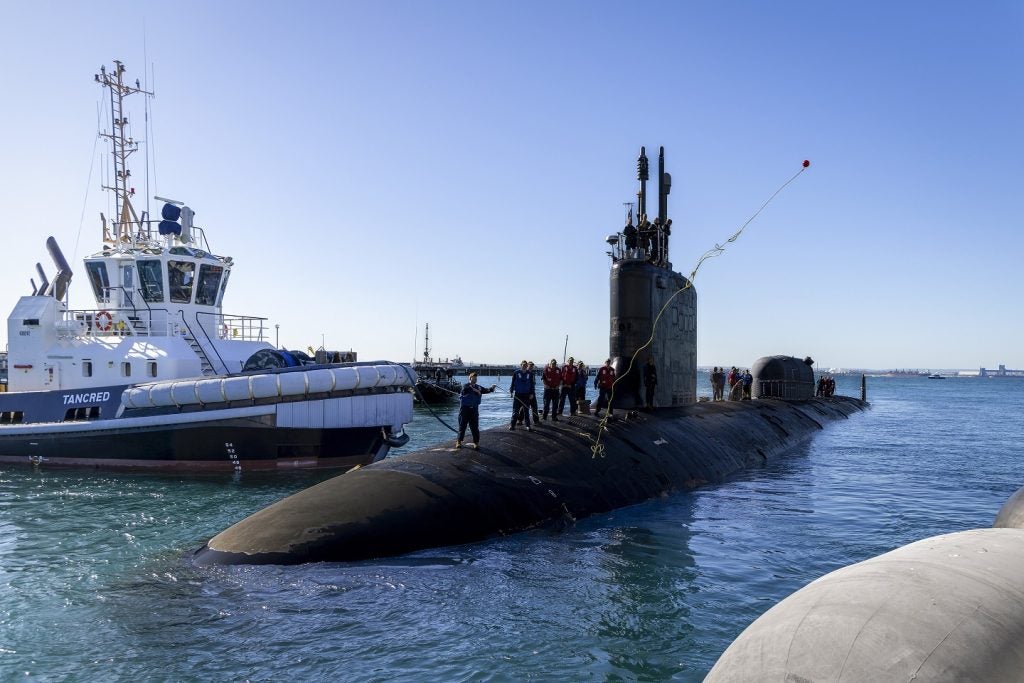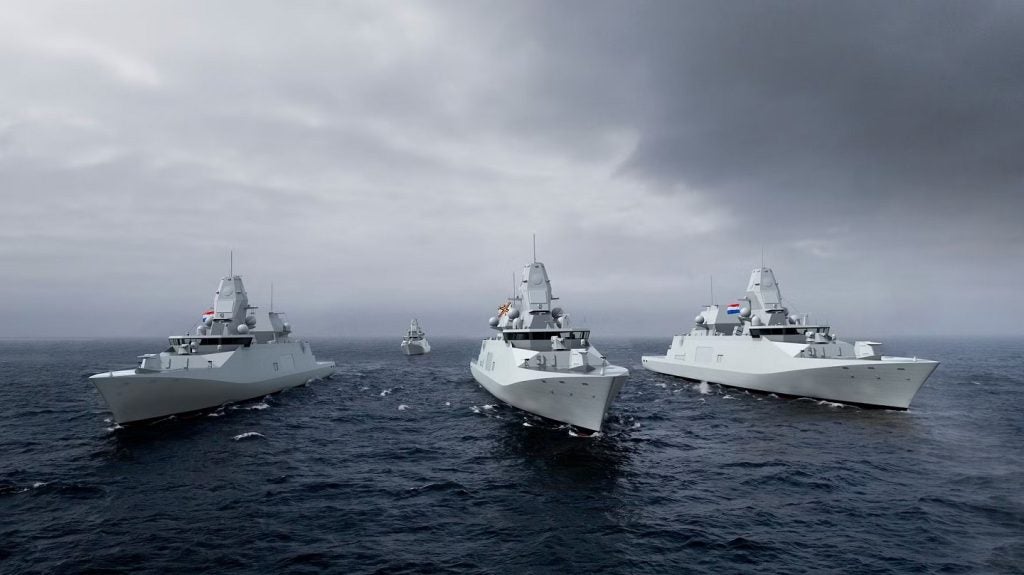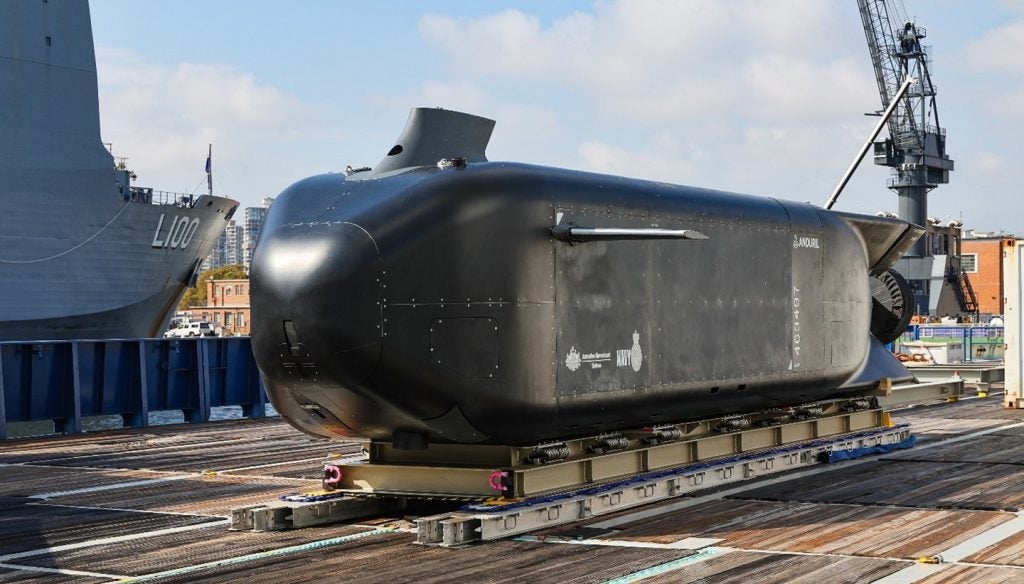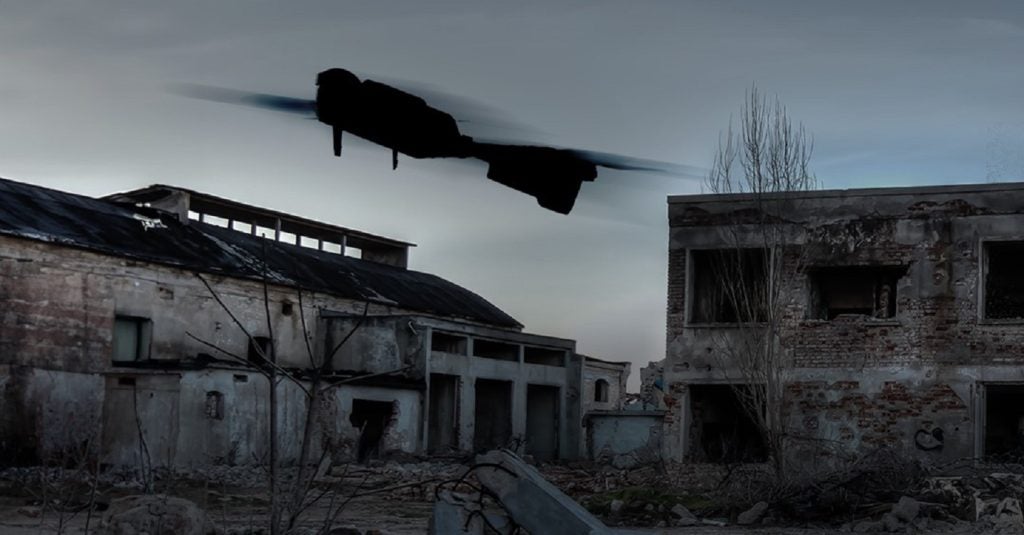Japan is reportedly planning to submit its bid next week for Australia’s SEA1000 future submarine competitive evaluation process (CEP).
Nikkei Asian Review reported that the Japanese proposal will include three options to jointly develop and manufacture submarines in Australia or Japan, or in a split arrangement.
Japan’s Soryu-class diesel-electric boat will compete against French company DCNS’s Shortfin Barracuda Block 1A design, and German firm TKMS’s Type-216 submarines.
The future submarine project is the country’s largest defence procurement programme, representing an investment of $50bn.
How well do you really know your competitors?
Access the most comprehensive Company Profiles on the market, powered by GlobalData. Save hours of research. Gain competitive edge.

Thank you!
Your download email will arrive shortly
Not ready to buy yet? Download a free sample
We are confident about the unique quality of our Company Profiles. However, we want you to make the most beneficial decision for your business, so we offer a free sample that you can download by submitting the below form
By GlobalDataAustralia is seeking to build submarines with range and endurance similar to the Collins-class vessels, as well as superior sensor performance, and stealth characteristics.
See Also:
This new submarine fleet is expected to fill a capability gap in the mid-2020s, when the Collins-class submarine is scheduled to retire from service.
In June this year, the Australian Government established an Expert Advisory Panel to oversee the competitive evaluation process for the submarine programme.
The preferred bidder is expected to be announced in the first quarter of 2016.
Featuring a new Australian-developed hydrodynamic design, the modified Soryus for the programme will operate on lithium-ion batteries and be armed with a new heavyweight torpedo that will be jointly developed by Australia and the US, reported USNI News.
Built by Mitsubishi Heavy Industries and Kawasaki Shipbuilding Corporation, the Japan Maritime Self-Defense Force’s (JMSDF) Soryu-class diesel-electric submarine is an improved version of the Oyashio-class vessel.
Image: The Soryu-class diesel-electric submarines entered service with the Japan Maritime Self-Defense Force in 2009. Photo: courtesy of Christy Hagen, US Navy.







